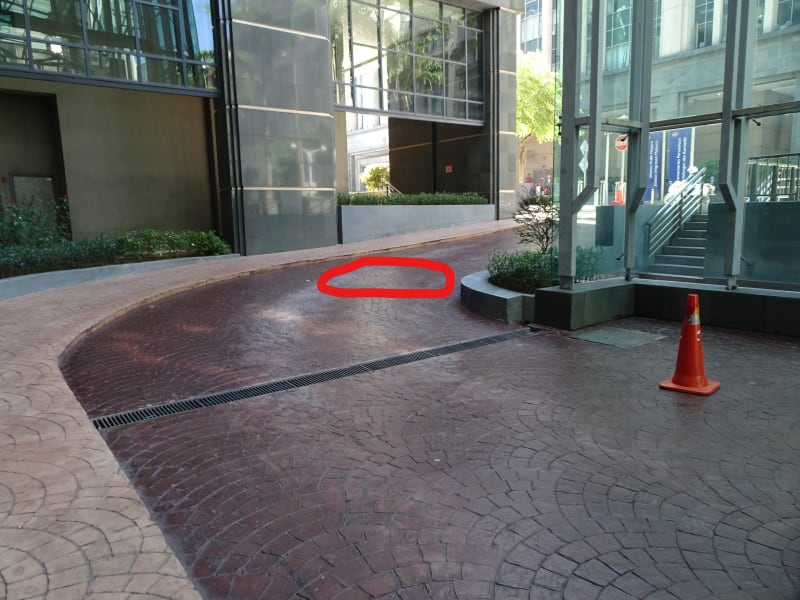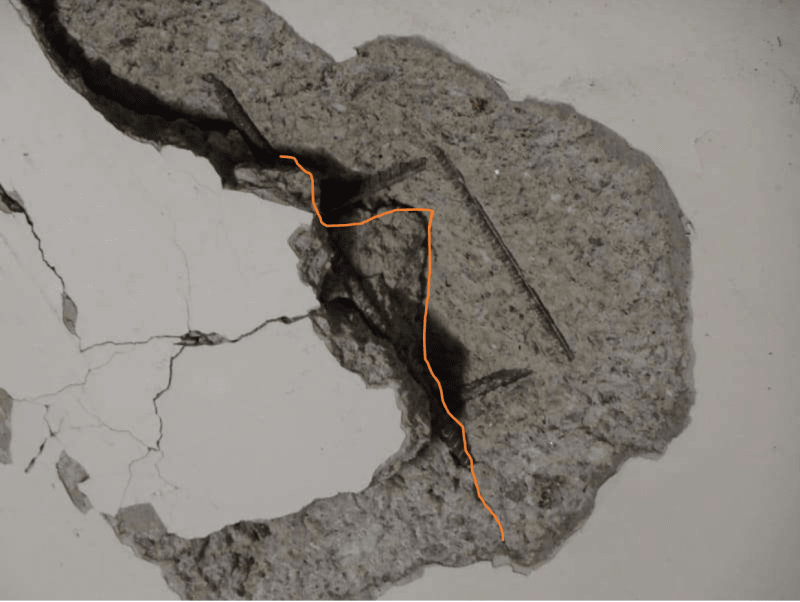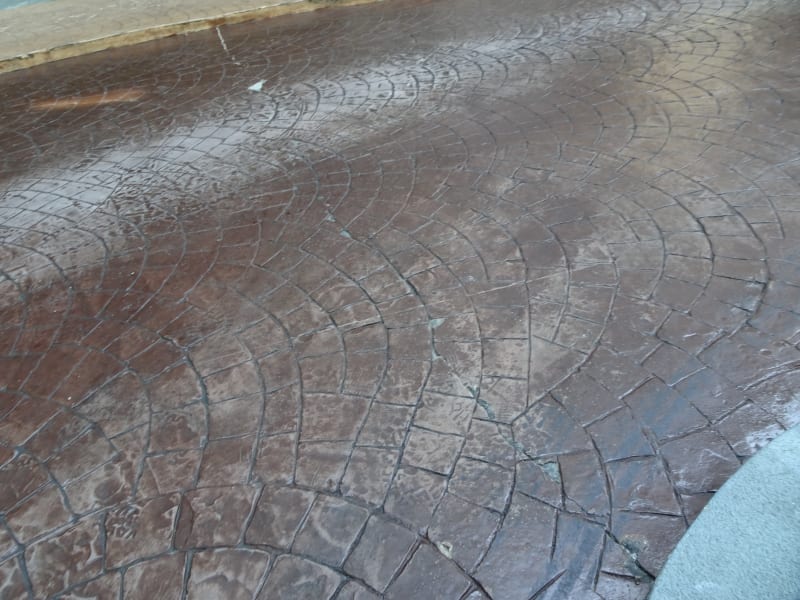Haqyusof
Structural
- Jan 2, 2020
- 5
hi im from Malaysia and im new in this group. Hope you guys can help me.
My issue is spalling concrete occurred on the ceiling slab (600mm x 600mm x 60mm in depth). the reinforcement bar is not corroded and no sign of water ingression. Above the defective concrete is ramp area and open air . the concrete cover is 50mm+
What is the cause of the spalling concrete.?

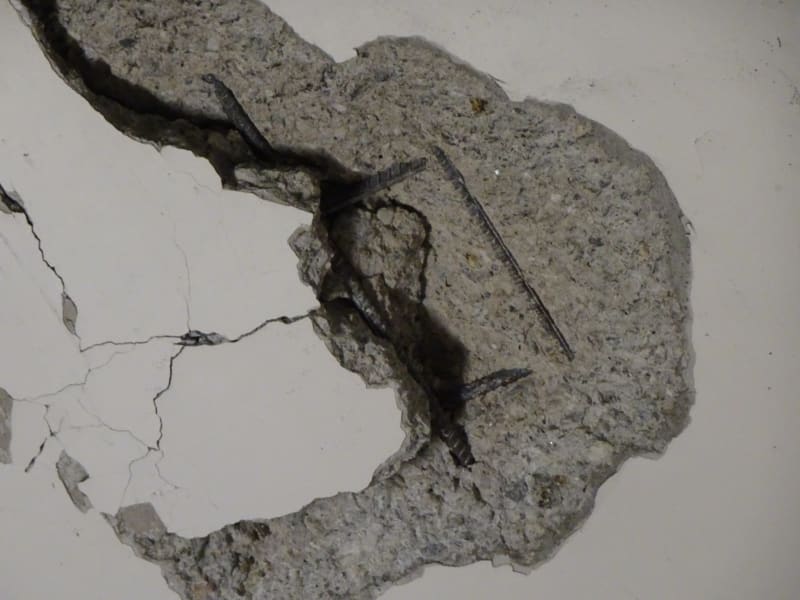
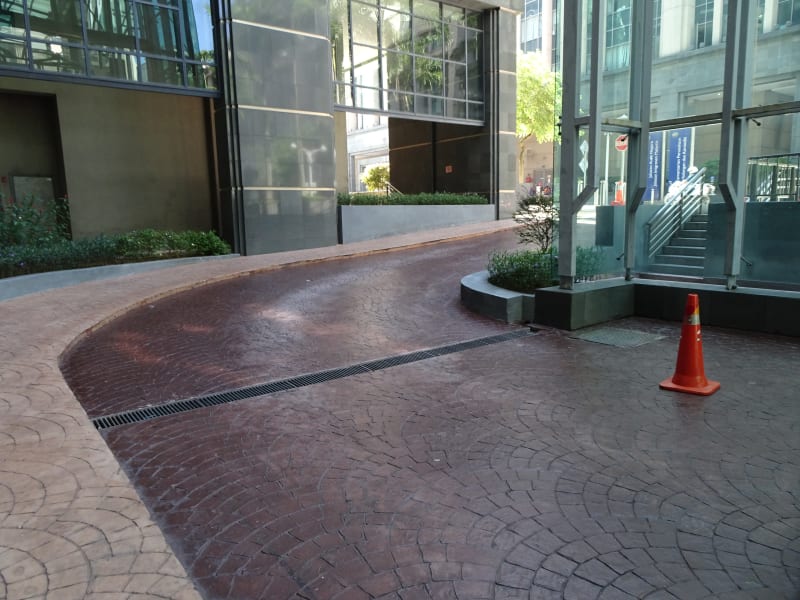
My issue is spalling concrete occurred on the ceiling slab (600mm x 600mm x 60mm in depth). the reinforcement bar is not corroded and no sign of water ingression. Above the defective concrete is ramp area and open air . the concrete cover is 50mm+
What is the cause of the spalling concrete.?




